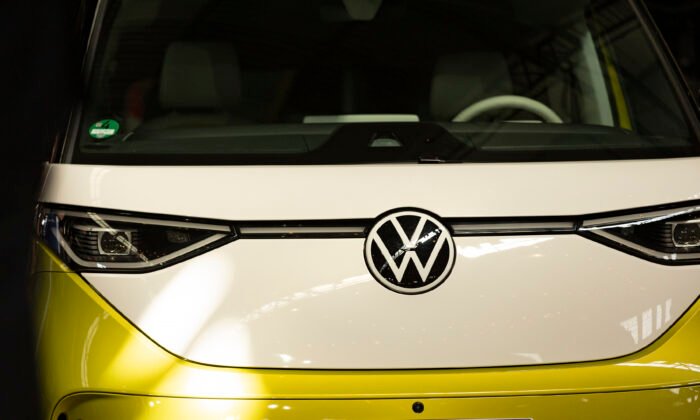PBO Forecasts that it will Take 20 Years for EV Battery Plant Deals to Achieve Breakeven
Canada’s parliamentary budget officer (PBO) says it will take 20 years for the federal and Ontario governments to just break even on the billions in subsidies given to the Volkswagen and Stellantis-LGES battery plants.
In April, the federal government announced $13.2 billion in subsidies for Volkswagen to build a battery plant for electric vehicles. Then in July, the federal and Ontario governments announced up to $15 billion in subsidies for Stellantis-LGES to build a battery plant for electric vehicles (EVs).
“The break-even timeline for the $28.2 billion in production subsidies announced for Stellantis-LGES and Volkswagen is estimated to be twenty years, significantly longer than the Government’s estimate of a payback within five years for Volkswagen,” said PBO Yves Giroux in a news release.
Yet, the federal government still maintains it is a good deal.
“While the Parliamentary Budget Officer’s Report does not capture many of the broader economic impacts on the supply chain, it does highlight, once again, that these investments will generate economic benefits far greater than our government’s contribution,” he added.
The difference between the PBO analysis and the federal government’s version hinges on how you slice and dice the numbers. In the report, the office said it confined its analysis to government revenue from sales of batteries from the Volkswagen and Stellantis-LGES plants.
“Given the uncertainty surrounding the future geographic location of investments and production related to other nodes of the EV supply chain, such as EV assembly and battery material production, PBO’s estimate represents only the government revenues generated by cell and module manufacturing, upon which the production subsidies are based,” the report said.
“This contrasts with the federal government’s break-even analysis for Volkswagen, which included investments and assumed production increases in other nodes of the EV supply chain.”
In other words, the PBO analysis looks at how much tax revenue the two governments will get as the two companies sell EV batteries and components, from 2024 to 2043. However, the federal government’s analysis is much broader and includes revenue from other parts of the EV supply chain that may not exist yet.
‘Corporate Welfare’
The Canadian Taxpayers Federation (CTF) jumped on the PBO report, calling the EV subsidies “EV battery corporate welfare.”
“But the government has a terrible track record on corporate welfare, so taxpayers should be worried about whether they’ll ever see a real return on investment.”
“In reality, governments will get this money back somewhere between 20 years from now and never,” added Jay Goldberg, CTF’s Ontario Director. “The PBO report is proof taxpayers shouldn’t trust politicians when they promise the moon with their corporate welfare deals.”
The federal government has argued the subsidies should be viewed as securing anchors for an EV industry that will create thousands of other jobs.
In a joint statement issued July 6, when the Stellantis deal was announced, the federal and Ontario governments said the deal will help to “establish an end-to-end electric vehicle supply chain to strengthen the clean economy.”
“This step will spur further growth across Canada and Ontario’s auto manufacturing supply chains, and related sectors, benefitting workers and unions throughout the country,” the statement
Source link






